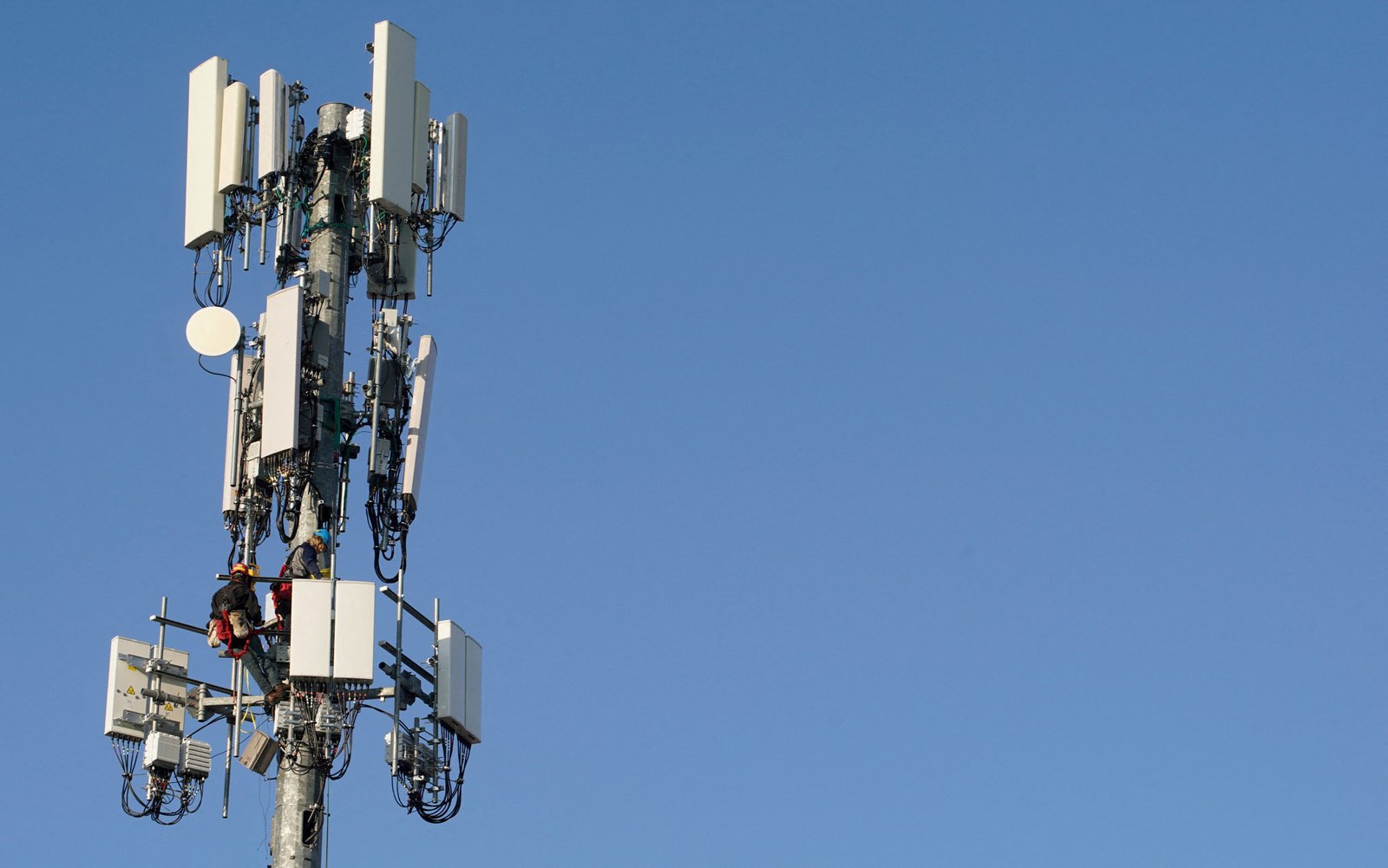Introduction
The rollout of 5G technology has been heralded as a transformative moment for telecommunications, promising faster speeds, lower latency, and the potential to revolutionize industries. However, the advent of 5G has not been without its challenges, particularly when it comes to regulatory hurdles, technological integration, and geopolitical tensions. This article delves into the ongoing 5G standoff, exploring the complexities of the situation, the various stakeholders involved, and the implications for the future of connectivity.
Understanding 5G Technology
5G, or fifth-generation wireless technology, is designed to offer significantly enhanced performance over its predecessor, 4G. With the ability to support a vast number of devices simultaneously and provide download speeds up to 100 times faster than 4G, 5G holds the promise of enabling innovations in areas such as the Internet of Things (IoT), autonomous vehicles, and smart cities. However, the deployment of 5G networks has raised questions about infrastructure, security, and international relations.
The Players in the 5G Standoff
Several key players are involved in the 5G standoff, each with their own interests and agendas:
1. Telecom Companies: Major telecommunications providers are at the forefront of the 5G rollout, investing billions in infrastructure development. Companies like Verizon, AT&T, and T-Mobile in the United States, as well as international players like Vodafone and China Mobile, are competing fiercely to capture market share and lead in 5G deployment.
2. Governments: National governments are crucial players in the 5G landscape, as they set regulations and policies that govern telecommunications infrastructure. Countries like the United States, China, and members of the European Union are all vying for leadership in 5G technology, which is viewed as a strategic asset for economic growth and national security.
3. Equipment Manufacturers: Companies that manufacture the hardware necessary for 5G infrastructure, such as Huawei, Ericsson, and Nokia, are also integral to the equation. The geopolitical tensions surrounding Huawei's role in 5G deployment have highlighted the complexities of international trade and technology transfer.
4. Consumers and Businesses: The ultimate beneficiaries of 5G technology are consumers and businesses, who will experience faster internet speeds and improved connectivity.
The Geopolitical Landscape
The rivalry between the United States and China has escalated significantly, with 5G technology at the center of this competition. The U.S. government has raised concerns about national security, particularly regarding the involvement of Chinese companies like Huawei in the global 5G supply chain. These concerns have led to bans and restrictions on Huawei's equipment in various countries, further complicating the rollout of 5G networks.
In response, China has sought to position itself as a global leader in 5G technology, investing heavily in its domestic telecommunications infrastructure and promoting its companies as viable alternatives to Western firms. This tug-of-war between the two superpowers underscores the broader implications of 5G technology, as countries around the world navigate their own strategies in this high-stakes arena.
Regulatory Challenges and Technological Hurdles
The deployment of 5G is not without its regulatory challenges. Governments must balance the need for rapid technological advancement with concerns about security, privacy, and environmental impact. Additionally, the spectrum allocation for 5G networks is a critical issue, as telecom companies vie for access to the necessary frequencies to support their infrastructure.
Technologically, the transition to 5G requires significant upgrades to existing networks, which can be costly and time-consuming. As such, achieving comprehensive 5G coverage remains a daunting task, exacerbated by the standoff between competing interests.
The Future of 5G Connectivity
As the 5G standoff continues, the future of connectivity hangs in the balance. The race to develop and deploy 5G technology will likely intensify, with countries striving to outpace one another in terms of infrastructure and innovation. However, the complexities of geopolitics, regulation, and technological integration will remain key factors in shaping the 5G landscape.
Ultimately, the success of 5G technology will depend not only on the capabilities it offers but also on the ability of stakeholders to collaborate and navigate the challenges that lie ahead. As the world becomes increasingly interconnected, the stakes in the 5G standoff are higher than ever, with implications that extend far beyond telecommunications.
Conclusion
The 5G standoff represents a pivotal moment in the evolution of telecommunications, one that will shape the way we connect and interact in the future. With a myriad of players and competing interests, the road to widespread 5G adoption is fraught with challenges. However, the potential benefits of 5G technology make it imperative for stakeholders to find common ground and work toward a collaborative future.
Categories: Technology
